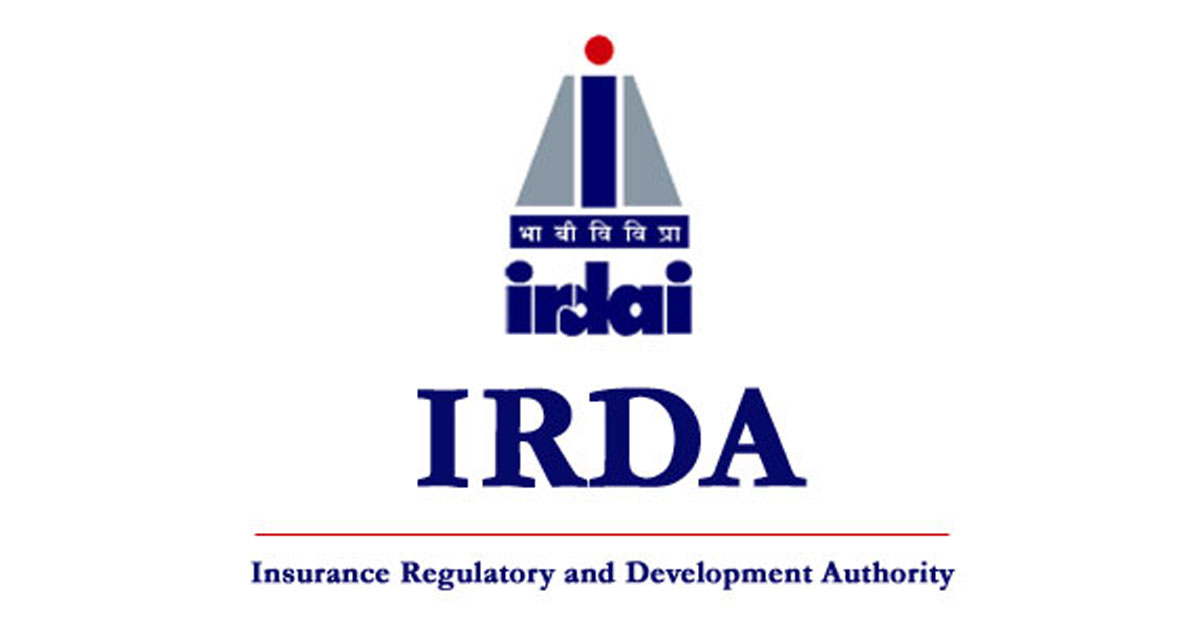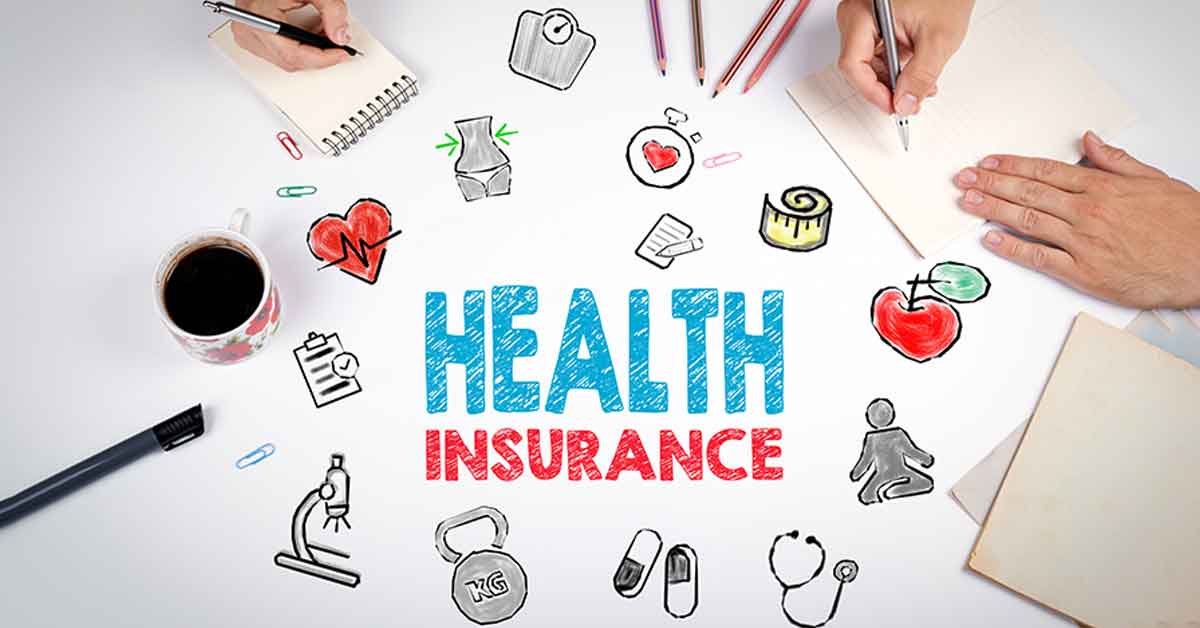The growing cost of medical treatment in India is burning a hole in your pocket, isn’t it? Know how to protect your finances from rising medical cost.
A lot of people avoid purchasing health insurance, not because it costs some money, but because they are simply not aware of the expenses of medical treatment. They aren’t familiar with how it can burn a hole through their savings for their future.
In this article, I’ve tried to do some research on this topic & present the picture, as it is. This would help you as a consumer to understand the implications of medical costs on your finances & make the right decisions.
Healthcare in India: A broad overview
India presently does not have a dedicated state-sponsored medical care system like the National Health Scheme (NHS) in the UK or other developed countries. Though the government has launched schemes like Rashtiya Swasthiya Bima Yojana (RSBY), it covers a minuscule part of the population, especially the lower income segment and also covers a small part of the overall cost of the treatment.
World Health Organization (WHO)’s 2000 World Health Report ranking India’s healthcare system at 112 out of 190 countries. As per latest data available on the WHO website (Link), the expenditure on health as a % of country’s Gross Domestic Product (GDP) is a merely 4%.
Medical inflation in India: The silent killer
With time, as with other items, cost of medical care is also set to increase. However, the worrying part is that as compared to the long-term consumer price inflation (CPI) trend of around 5-8%, the medical inflation is in double digits. As a result of this, not only does cost of medical treatment increases but insurers also have to increase the premiums for health insurance policies. As per a recent report in Times of India (Link), medical inflation in India is in the range of 10-14%.
Speaking of specific reasons behind this spiralling inflation, we need to understand that the cost of setting up a treatment unit involves the purchase of high-end medical equipment. A large part of this is imported. Given the rupee’s depreciation to the US Dollar & import duty, the landed price of the equipment are far higher. Also, there is a lot of investment that goes into research and development at the end of pharma companies & most of the medicines for critical illnesses like cancer that pushes up the cost.
Note that it is here that the Government can do its bit to exempt critical equipment from import duty. The applaud-worthy point is that in the Finance Bill 2016, Finance Minister has done a bit for the dialysis equipment used for kidney patients. This must be extended to equipment for other life-threatening illnesses as well, which in turn should hopefully translate into lower cost of medicines. Also, entry of more Indian players in the pharmaceutical space can reduce the cost of critical drugs, which are presently sourced from abroad & attract import duty.
Q. How can you insulate your finances from rising medical costs?
Coming to your personal finances, increasing life expectancies due to the availability of quality health care facilities mean that we’re going to live far longer than our earlier generations did. At the same time, rising stress levels are causing an increase in lifestyle diseases. Cost of medicines and treatment especially in critical illnesses most notably cancer can sometimes go upwards of a lac per month, requiring people to sell their assets like house, gold and even take up debt, thereby sending their finances in a tizzy.
In this context, it is imperative to have a well thought out plan to insulate yourself from the rising medical costs. And this is possible in two ways: either to have a big enough & dedicated contingency fund for medical emergencies and costs or to have a lesser reserve fund along with a sufficient health insurance.
Speaking of health insurance, it is a shocking fact that as per various estimates, only about 5-15% of the country's population is covered by some form of health insurance, that too in the urban and semi-urban areas. Further, those who are having health cover are widely under-insured. Also, if we speak about the average ticket size of health plans sold, it is about Rs. 2 lacs as compared to an average medical bill for cancer that comes to a minimum of Rs. 10-20 lacs.
Last year, a study conducted by BigDecisions.com, a personal finance portal, on the health insurance patterns of users registered on its portal showed that 95% of the platform's users were not adequately insured. In fact, 62% of the 10,000 users had less than 50% of required health cover. This clearly goes on to show the lack of adequate penetration of health insurance.
From a behavioural perspective, the mental barrier that comes with buying health insurance is that people think the money goes down the drain. Also, when it comes to health, people believe that unfortunate events like illness will happen to other people, not them. The need is to stop looking at health issues as someone else’s problem and treat health insurance as “wealth insurance”. So, should a heart surgery in your 50s be allowed to make a dent in your corpus & make you return to work, or should you be able to live a peaceful retired life even after going through these ups and downs of life is the question worth thinking.
Conclusion
There have been advances in health care due to which there has been a spiralling increase in the cost of medical treatment. Survey after survey has shown that the middle-class families in India are not prepared to meet these costs.
Hence, a proper solution is required considering rising life expectancies and standards of medical care. Adequate health insurance is that solution which protects one’s wealth from the vagaries of health issues & ensures that one can achieve the financial goals in a hassle free manner.







